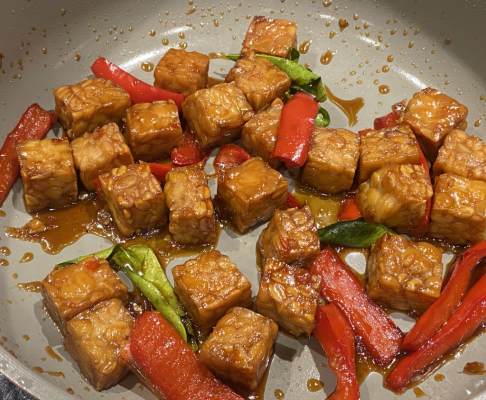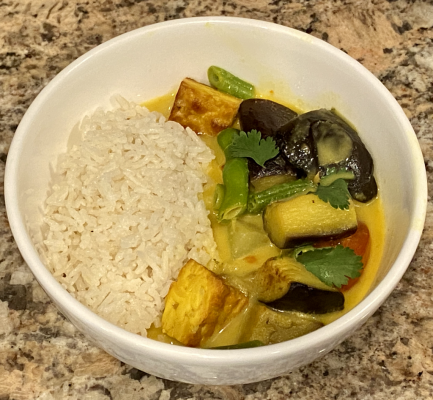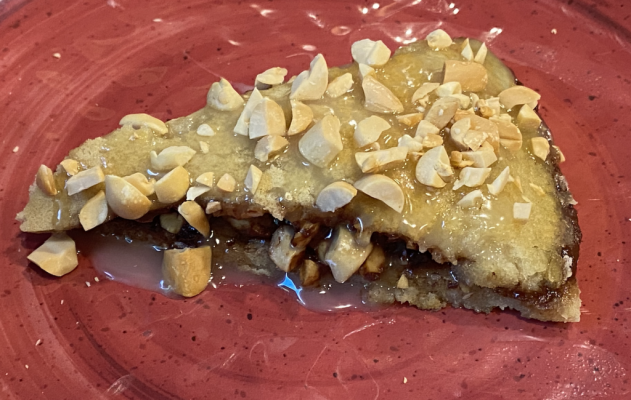HankTank
Assistant Cook
We are wondering about Indonesian cuisine in US and Canada.
Indonesia was long colonized by the Dutch VOC ( Dutch East India Company).
There are still vivid ties between families in The Netherlands and Indonesia. The Indonesian kitchens have influenced the Dutch habits a lot. Watered down often.
I am not Indonesian, all I say here is as amateur. But Indonesian food is popular still. Specially when it is original, it can be sizzling hot !
But healthy too .
Grimsby in Ontario, between Toronto and Niagara, has many Dutch families, most came in around 1952.
The last time we visited the Dutch Store was 2018. More Indonesian spices, sauces etc then before.
The "3th generation "- children visit Holland, eat Indonesian, like it, and come back looking for spices".
Indonesia was long colonized by the Dutch VOC ( Dutch East India Company).
There are still vivid ties between families in The Netherlands and Indonesia. The Indonesian kitchens have influenced the Dutch habits a lot. Watered down often.
I am not Indonesian, all I say here is as amateur. But Indonesian food is popular still. Specially when it is original, it can be sizzling hot !
But healthy too .
Grimsby in Ontario, between Toronto and Niagara, has many Dutch families, most came in around 1952.
The last time we visited the Dutch Store was 2018. More Indonesian spices, sauces etc then before.
The "3th generation "- children visit Holland, eat Indonesian, like it, and come back looking for spices".
Last edited:



